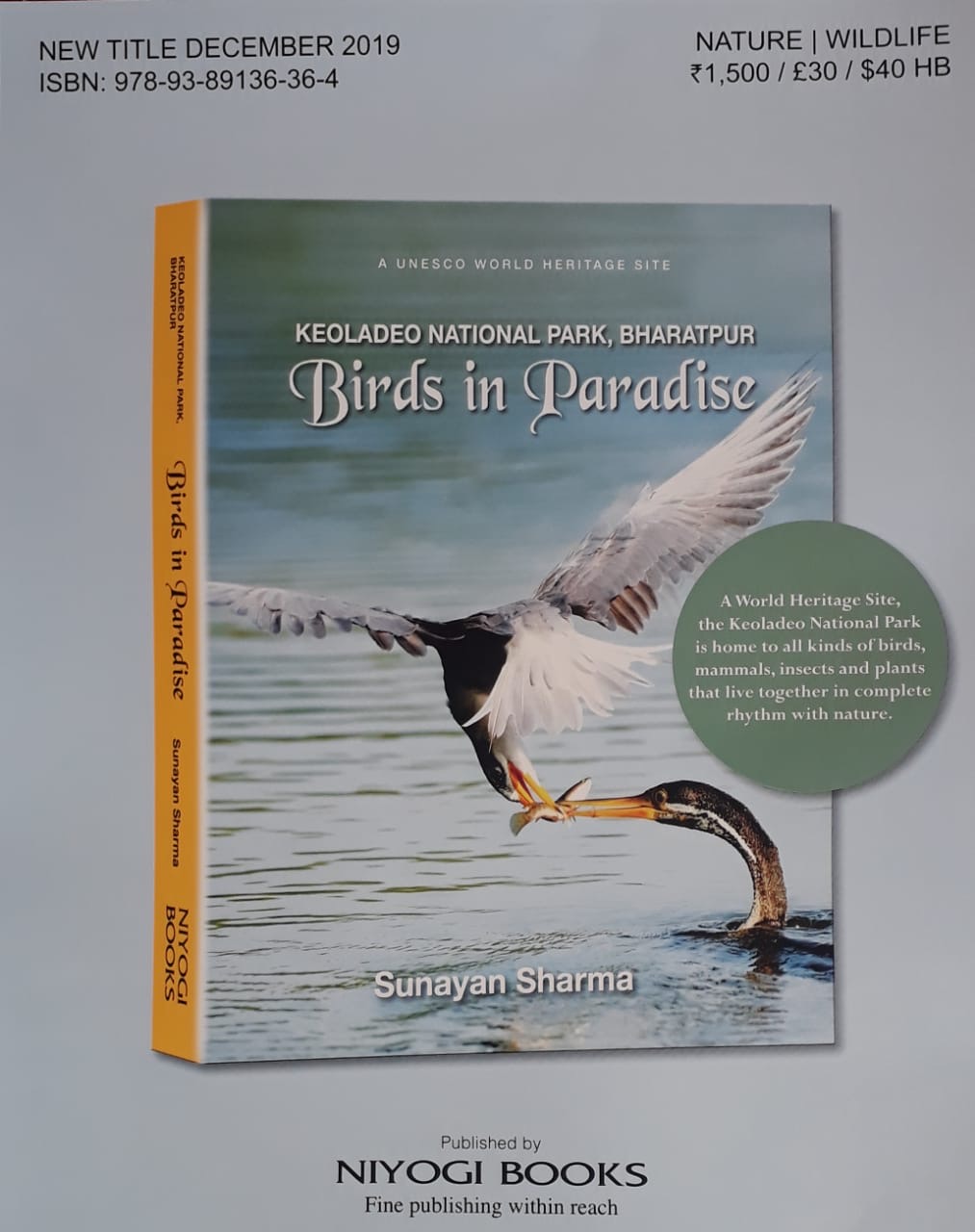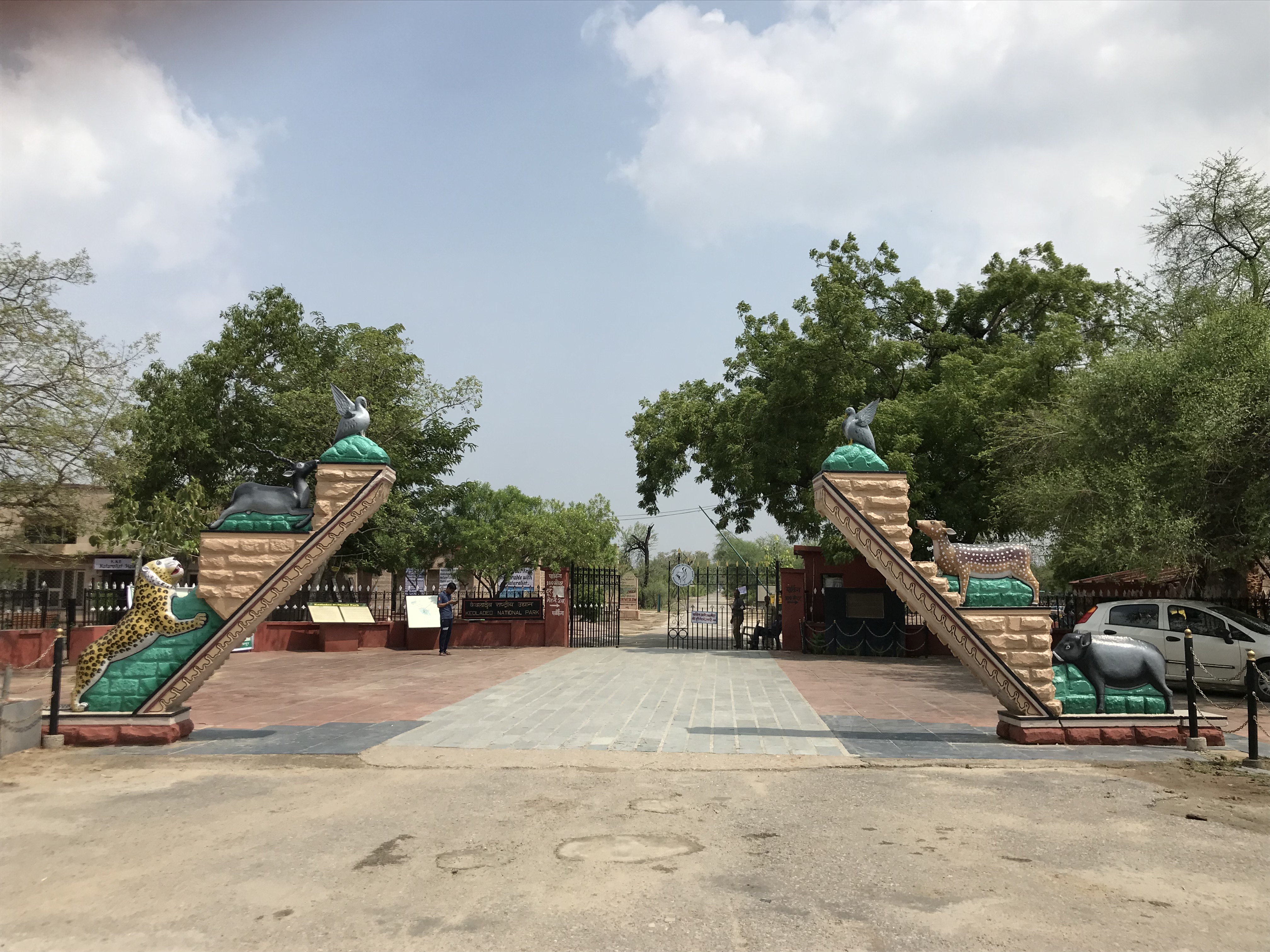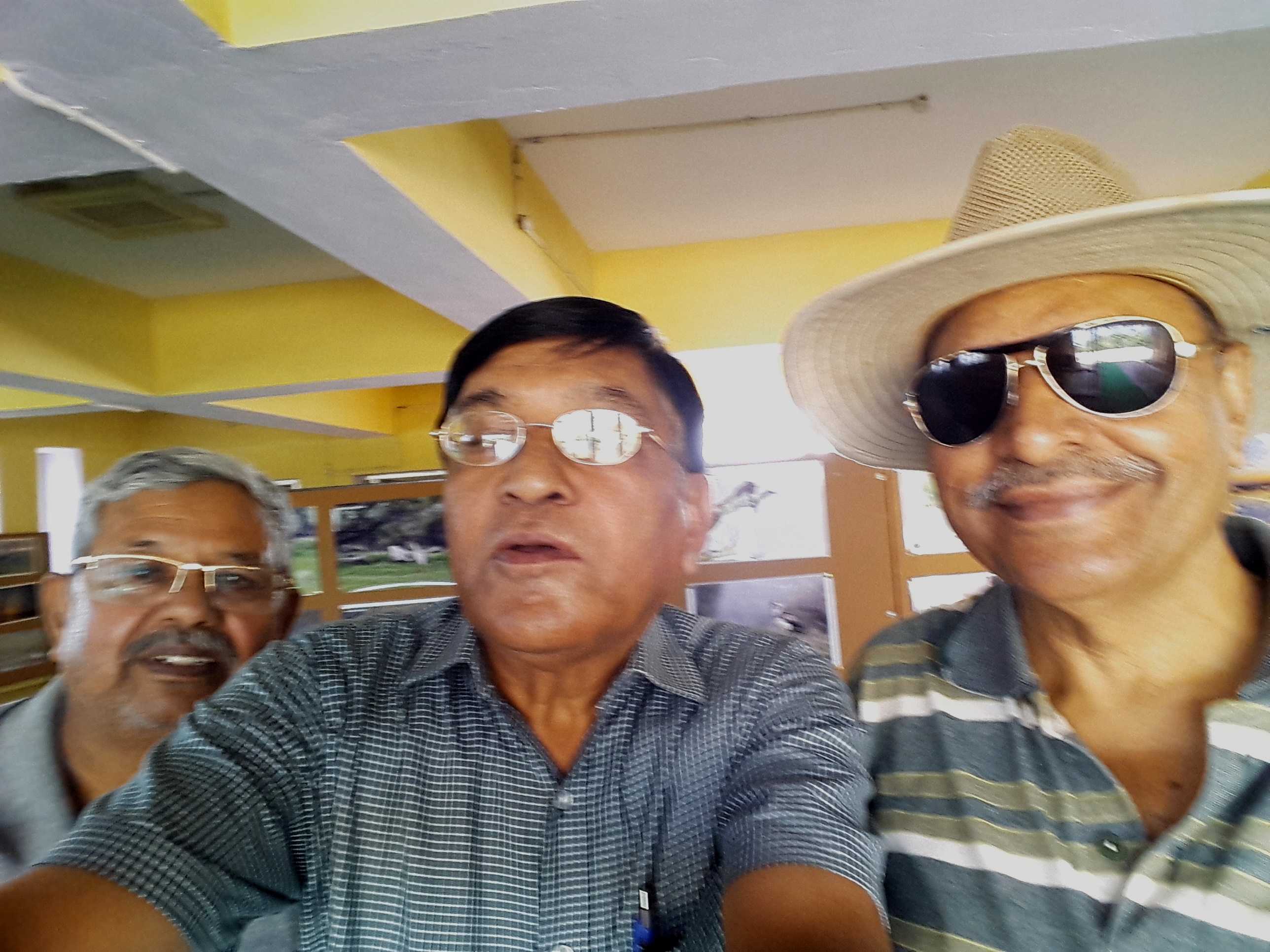Kaner – Looks good, feels good, smells good
I remember when I used to get tired at my office in Greater Kailash 1 in Delhi; I will take a walk in a nearby park in the afternoon or evening. Luckily, This has been large by Delhi standard, may be 10-12 acre, rectangular park, well laid out – old and new trees have been growing along the boundary, walk-way runs 10-15 feet inside the boundary with green, thick, three feet high, hedge on both edge. While enjoying the leisurely stroll, I am attracted to yellow trumpet shaped flowers of Kaner lying on the hedge during June to October. There are quite a few, maybe more than a dozen Kaner along the walkway. Invariably, I will pick few fresh flowers. These are about 3 inch long, delicate yellow with a hint of light green along the edge of petals which overlap, curl and fold into a beautiful trumpet or sleek bell. Invariably, I will take each close to nostril and aha! What a soothing smell, I just love it, though it may sound strong to some. This will go right down to my heart and brain. I will smile within and feel light and transported to the other heavenly landscape. For next, half an hour, these 2-3 flowers will be my companion. I will glance and smell them now and again and all my stress evaporate. Many a times, these used to end up on my office table for rest of the day.
Now, the Covid-19 has disturbed not only proverbial apple cart but all the carts – No office, walks, travel to forest or wildlife reserves.
What comes handy in this crisis period is my terrace garden. My garden has become non-descriptive with lack of attention and input – few Money Plant, Mor Pankhi (Thuja – Platycladus orientalis), Tusli (Ocimum sanctum) and some non-flowering rose bushes. But yes, about half a dozen, Sada Bahar (Catharanthus roseus), true to their name continued to bloom in spite of all odds. It has been only September last year (2019) that I started giving attention to the garden and within three-four months this becomes an amazing sight. Organic fertiliser, nirai-gudai, proper and timely watering, replacing the old plants and bringing in new plants particularly flowering ones added kaleidoscopic touch. Now, since March, the disaster of home confinement has been less painful because of this garden. I spend about two hours in the morning and one hour in the evening to attend to plants and enjoy the blooms. In fact, I have shared the joy of my garden blooms, virtually on daily basis, on WhatsApp with friends and some of them have been jealous. They wonder how I can save my flowers in sizzling heat of May-June.
With general interest in plants, I have been keeping an eye on our residential block small park as well. I ensure that it is watered in time, fertiliser is applied now and again and plants are trimmed and trees are pruned. We are lucky that even this small park has about a dozen trees. And prized among them are Haar Singar (Parijat/Night Flowering Jasmine – Nyctanthes arbor-tristis), Gudhal (Hibiscus spp.), Kachnar (Bauhinia variegata) and KANER.
Talking of Kaner, most of you must have seen this. The tree or sometimes shrub, about 2 to 8 metre high is common in urban areas planted in gardens and parks. I look up literature to know more about the species. For your information if you don’t know, Kaner’s scientific name is Cascabela thevetia (synonym: Thevetia peruviana), a native of Mexico and Central America. It is planted across the world as ornamental. Kaner is ‘drought resistant and tolerant to high temperatures, hence found in various states of India like Bihar, Delhi, Gujarat, Madhya Pradesh, West Bengal, Rajasthan, Tamil Nadu and Uttar Pradesh where semi-arid climate is prevalent’ (Wikipedia).
I have noticed that the tree itself is not noticeable. It is generally small. The trunk is not of uniform shape but is attractive green in young trees which turns silver or greyish in old ones. But being evergreen with thick foliage it provides good shade round the year.
The sword shaped leaves are whorled around thin green stems. These are long and narrow, shiny dark green above and pale, light green below. Flowers, of course, are the best part of the species. These are generally yellow. I have seen very few trees bearing orange flowers but I understand that there are other varieties as well including white one. Fruits are attractively shaped, light green when young but darken to deep red-black on ripening. I may add a word of caution about the species – All parts of Kaner are toxic to most vertebrates though ‘few bird species including sunbirds, koel, red-whiskered bulbul, white-browed bulbul, red-vented bulbul, brahminy myna, common myna and common grey hornbill are known to feed on them without any ill effects.’ Nevertheless, ‘All parts of the plant are used in traditional medicine. The oil extracted from the seeds is used externally to treat skin maladies and to make soap. The bark is a powerful antiperiodic and febrifuge. Mashed seeds with a soap solution are used as an insecticide. (Schmelzer, 2006; Useful Tropical Plants, 2020).
Today, I enter the gated block park and pick few Kaner flowers and smell. Oh! Same nice and intoxicating smell. My office days refresh in my mind. I feel cheerful. I look up and see the mosaic of yellow in pleasant vibrant green foliage all over. Though the tree is small, but it is loaded with flowers and fruits. And yes, some conical buds are itching to bloom any minute!
As I stand beside the tree, admiring and filling myself with details, I notice one thing which I have not seen previously. There are about a score of honey bees, hovering in and around the tree! I step back a little to avoid disturbing them but then I notice they are very busy and least disturbed by my presence. I keep my eye focussed on one flower. I notice a honey bee enters the flower easily but at the end where the real stuff is, it has to virtually fold its body to circle around. May be in 8-10 seconds it emerges out. Does it look satisfied, I don’t know? Likewise, I notice about half a dozen flowers and find bees are visiting them regularly. And it seems that one visit does not mean the nectar is finished, for in few minutes another, or maybe the same bee again visits flower.
I observe the bee closely and find it is Giant Honey Bee (Apis dorsata), quite clear from body pattern, colour and size (almost one inch long). Incidentally, I can make out the bees I am watching are female worker bees (Queen Bee has very dark, almost black body and drones (male) have round body.) Apis dorsata is native of South and Southeast Asia, mostly found in forest but can be seen in urban areas as well, as in present case. But mind you, these ‘bees are known for their aggressive defense strategies and vicious behaviour when disturbed.’
I am happy that not only me but other creatures are also enjoying the flowers. And furthermore, I understand Shiva too loves Kaner. I have seen our neighbour regularly collects Kaner flowers for worshipping the lord!
Pushp Jain








